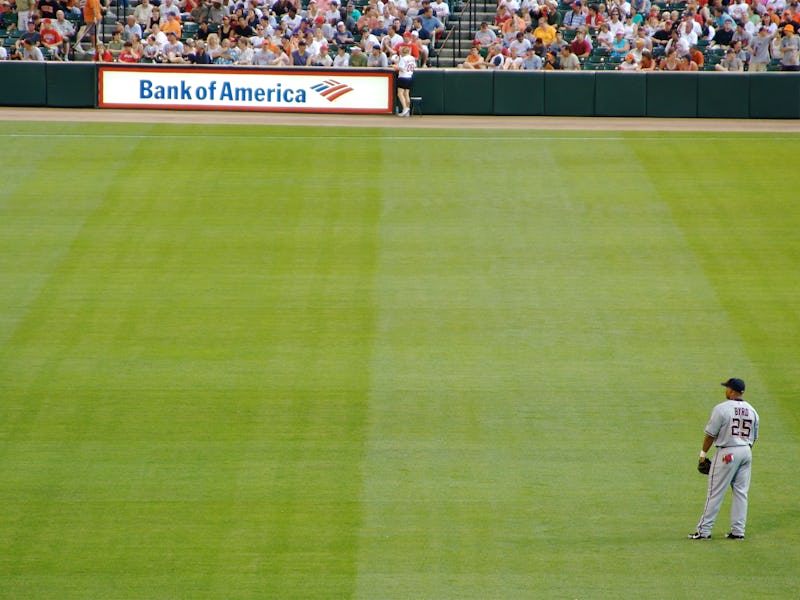Two Researchers Develop Ingeniously Simple Rule to Make Baseball Not Suck
Even if you love it, it can be a slow moving game.

There’s nothing like a baseball game in late August, when grilled hot dogs, a bellyful of unpretentious beer, and an opportunity to drink in the final sun rays of summer are exactly what the doctor ordered. And every once in a while, if you’re really, really lucky, there’s a semi-exciting game to help you pass the time, too.
We kid, but even die hard fans have on occasion been known to concede that America’s favorite pass time is pretty slow. Back in February, the league announced a bunch of new rules to speed games up, limiting the number of mound visits, for example, and removing the guaranteed eight warm-up pitches that pitchers are entitled to take between innings (eight?!). These rules have been in play all season, though you’d be forgiven for overlooking them. When it comes to the MLB, change comes hard.
Fortunately, a computer scientist and a game theory professor have proposed a much more radical — but also elegant and simple — solution to baseball’s slovenliness. It’s called the Catch Up Rule, and speaking to the Wall Street Journal, the game theory professor Steven Brams explained that unlike other proposals for speeding the game up, for example reverting to seven innings, their innovative new rule would have have the added benefit of making the game a great deal more competitive.
Can this simple rule tweak save baseball? These two researchers think so.
What Is the Catch Up Rule?
The basic idea of the rule is that when your team is ahead, you only get two outs when you’re at bat. When the game is tied, or when you’re behind, you get the regular three. It’s the kind of rule a powerhouse team like the Yankees is bound to hate, which in and of itself seems like reason enough to give the rule a closer look.
So what would be the point of this? Essentially, you’d light a fire under the ass winning teams, because they’d only have two outs to preserve their lead. You’d have fewer bunts from teams in the lead, too, because the stakes would be a lot higher.
Brams’ research partner Aaron Isaksen, a computer scientist, ran the numbers on their rule to figure out just how effective it would be at speeding the games up and ramping up competitiveness. And the results were pretty stark: After looking at more than 100,000 regular and post-season games between the late 1960s and the 2017 season, Isaksen found that games were about 24 minutes shorter on average.
But perhaps even more importantly, the games got a lot closer, too, with the average margin of victory dropping by over one full run (3.2 to 2.2). That’s bound to be music to the ears of beleaguered Baltimore fans, Mets fans, and all the other unfortunate sad sacks whose playoff hopes were extinguished months ago.
My only question is, when can we start? And when can we get a similar rule for the National Basketball Association?